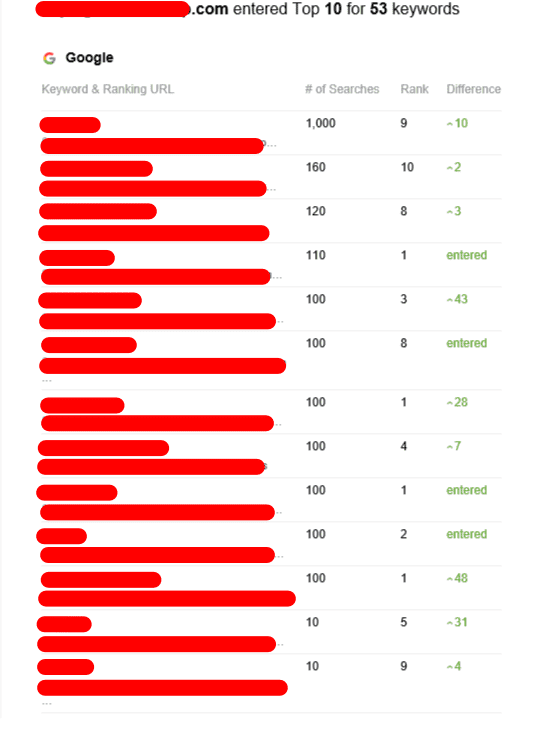Tiered Link Building - The Dangers of Black Hat Link Building
It is possible to increase your search engine rankings by using the tier system of link building. However, tiered backlinks is important to remember that it can also be dangerous using black-hat link building techniques. Over the years the search engines such as Google have been slamming these practices with their numerous updates.
Avoid black-hat methods such as PBNs and blogging comments. These are a waste of time and can lead to penalties from Google.
First-tier links
This method of building links involves placing links on sites that have a high Domain Authority (DA) and lots of traffic each month. It's a great way to make your website visible by search engines. However, it's not the best solution for every situation. It could lead to an occasional boost in rankings but it's crucial to concentrate on the quality of your backlinks.
The primary objective of first-tier links is to increase your backlink profile by acquiring several high-quality, natural looking links. This will help you to get ranked for keywords that are relevant to your niche. It can also aid in gaining your website an excellent reputation, which is essential for getting the most traffic from search results.
Although some black hats advocate it, it's still a risky method. It's not a good idea and isn't in line with Google's Webmaster guidelines, and if the human reviewer spots it, they could issue a manual remark that could significantly lower your rankings.
To prevent this from happening, you should try to make your first-tier link appear as natural as possible. This means that they must contribute to the content in which they're placed, and shouldn't appear obvious or sloppy. It is also important to determine whether the directory in which you post your first-tier link is index by Google. You can check this by typing the URL of the directory into a search engine like Google and observing how many search results appear.
Second-tier links
Tiered link building is a great way to boost the power of your PBN However, it isn't without risk. Google is securing links which appear artificial and the low-quality link tiered linking building relies upon becomes less effective with time. This type of link building can cause penalties for your site and could lower your ranking.
To avoid being penalized It is essential to use white-hat methods to manage your second-tier links. You can use high-quality articles on websites that are relevant to your field. These links are more credible than comments and forums, and are more likely to be clicked by people reading them. You can also try submitting articles to relevant directories. Sign up for HARO. This subscription service will send you daily emails with the subjects that journalists are interested in covering.
Second-tier links do not just increase the authority of your PBN but can also improve the quality and quantity of your primary backlinks. This is because if create second-tier links for sites that already have a strong domain authority, they'll assist to boost the authority of your primary backlinks. It's recommended to mix standalone links from second-tier with secondary links from the second tier as primary links. This will increase the benefits.
Third-tier links
Tiered link development has become a well-known method to boost the credibility of websites. It can be used to boost traffic, improve rankings, and increase revenue. This method involves constructing the backlink chain which gradually increases in quality. It also assists in avoiding spam filters.

If it is not done correctly, linking to the top of the line is an extremely risky procedure. If you use excessively low-quality links, it could cause Google to penalize your site. This is because tiered linking isn't in conformity with Google's Webmaster Guidelines.
Tier 1 links are the most high-quality backlinks that you can get. They must contain the keyword you're targeting and be relevant to your page's content. This will aid in ranking for the key phrase and result in more visitors to your site.
Tier 2 links are less important. They're typically links to directories, blogs Q&A sites, and social media profiles. Tier 3 links are generally a bit more spammy however they can add value to your link profile. These include links in forums, comment sections, and bio profiles. Generally speaking, those who engage in tiered link building tend to throw quality, relevance and context out of the window at this stage. They employ automated tools to create third-tier hyperlinks and link them to pages that have low authority.
Fourth-tier links
Tiered link building is an effective strategy to increase the organic rank of a website. It is only effective when employed in conjunction with other SEO strategies that are white-hat. Otherwise, it may cause your site to be penalized by Google. The reason is because tiered links are typically associated with low-quality content which Google sees as an attempt to manipulate its search engine algorithm.
Tiered links may also be connected to websites and blogs with poor quality. This means that they will lose their value when search engines begin to view them as unimportant and spammy. Additionally, these links can be located on low-quality social media profiles as well as web 2.0 platforms, and other user-generated content sites. The quality of these backlinks can be low and can be constructed using automated tools.
Alongside these disadvantages that tiered link building can lead to an over-exaggerated link profile that can hurt a website's SEO. This is because it is difficult to distinguish between quality and low-quality backlinks. In addition, it is expensive for a company to maintain a huge number of links. Therefore, it is best to use tiered link building along with an extensive content marketing strategy. This will ensure that your content is relevant for your target audience and more likely to draw traffic to your site.
